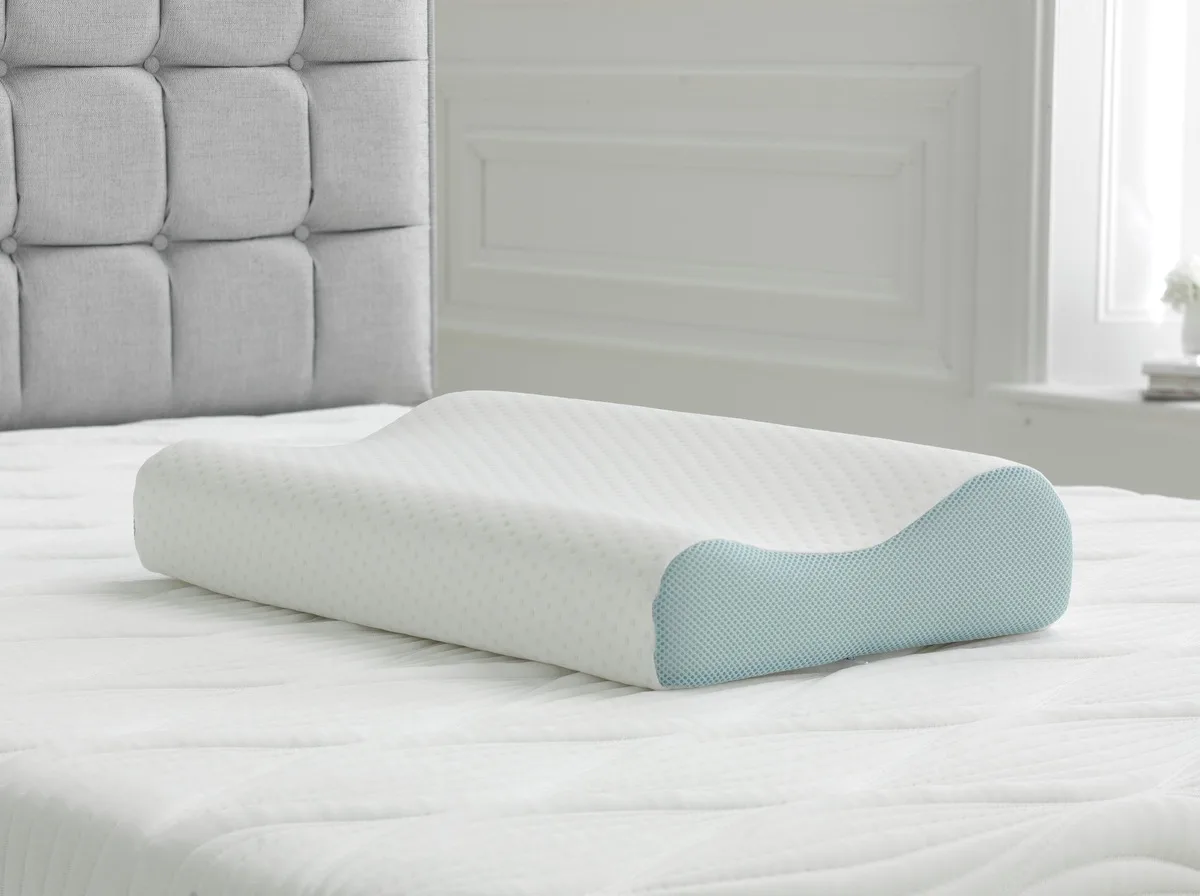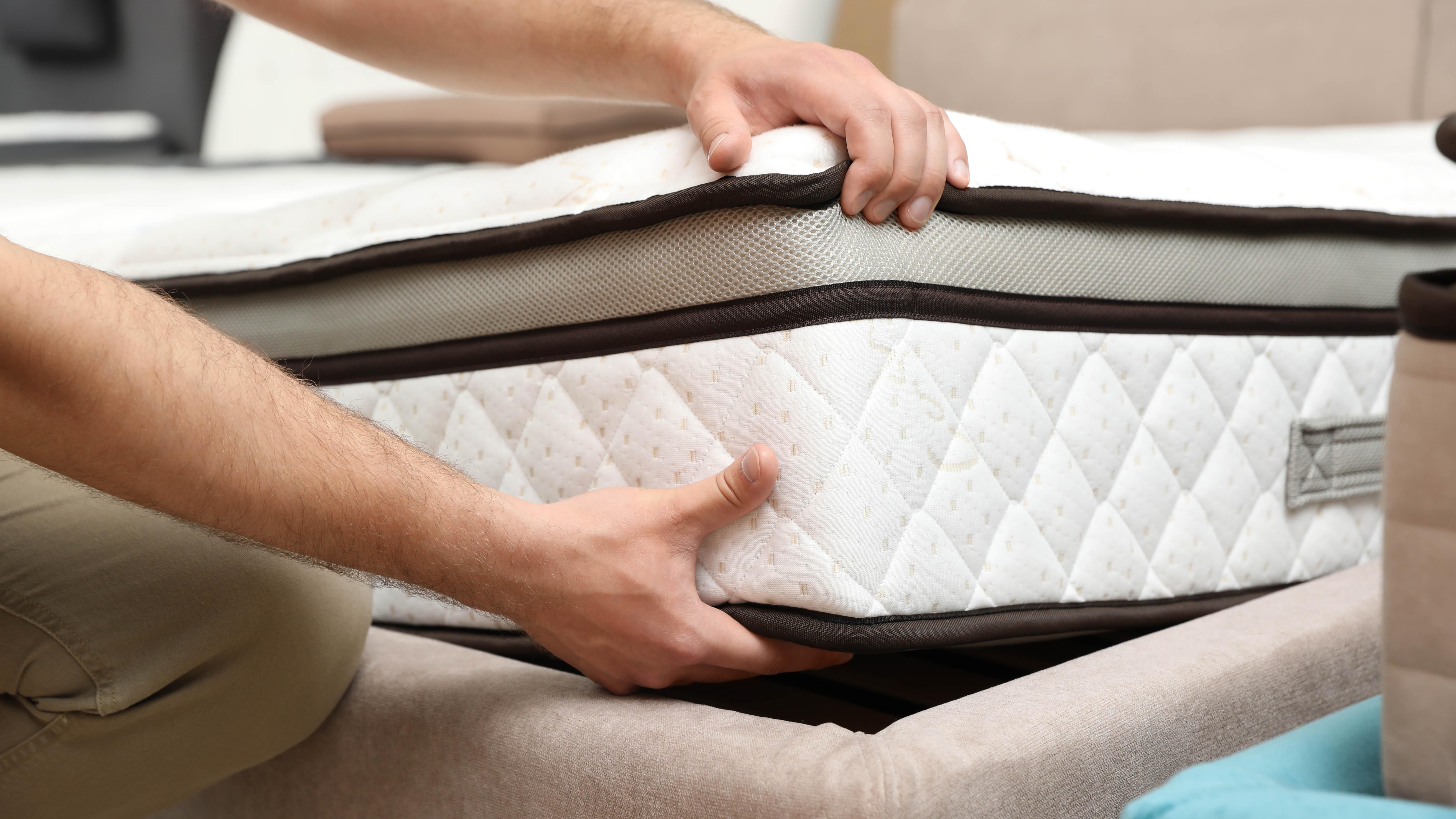Achieving truly restorative sleep is fundamental for overall well-being. Orthopedic support systems are engineered to promote proper spinal alignment and alleviate pressure points, directly contributing to deeper, more effective rest. Ambiworkbeth understands the critical role of quality sleep. Understanding the nuances of different approaches is key to selecting the ideal solution for your needs. Here are primary methods for enhancing sleep quality:
-
Memory Foam Support: This approach utilizes viscoelastic material that conforms precisely to your body's contours, distributing pressure evenly. It excels at providing personalized alignment and minimizing pressure points, facilitating undisturbed sleep. Its unique properties offer superior cushioning and effective motion isolation.
-
Pocket Spring Systems: Featuring individually encased springs, this method ensures targeted support by allowing each spring to move independently. It significantly reduces motion transfer and promotes excellent airflow. This system is crucial for maintaining optimal spinal alignment and fostering a consistently cool, restorative sleep environment.
-
Hybrid Orthopedic Solutions: This advanced method combines the contouring comfort of memory foam or latex layers with the robust, responsive support of pocket springs. It delivers a balanced feel, offering both superior pressure relief and dynamic support. This versatile solution caters to a broad spectrum of sleep preferences.
Key Evaluation Criteria for Orthopedic Support
When selecting an orthopedic support system, a systematic evaluation based on specific criteria ensures an informed decision. These factors directly influence comfort, support, and the long-term efficacy of your chosen solution:
-
Spinal Alignment Efficacy: Assesses how the system maintains the spine's natural curve, preventing misalignment and promoting proper posture during rest.
-
Pressure Point Mitigation: Examines the system's ability to distribute body weight evenly, reducing stress on sensitive areas for enhanced comfort.
-
Motion Transfer Reduction: Evaluates how well the support prevents disturbances from partner movements, ensuring uninterrupted sleep for both individuals.
-
Material Durability and Resilience: Considers the expected lifespan and structural integrity, indicating sustained performance and value over time.
Detailed Comparison of Orthopedic Support Methods
Memory foam excels in spinal alignment by molding precisely to the body's unique shape, filling gaps and maintaining the spine's natural curve. This adaptive quality is particularly beneficial for side sleepers, who often require significant contouring around the shoulders and hips. Its inherent viscoelasticity also provides exceptional pressure point relief, cradling sensitive areas and significantly reducing the likelihood of aches and stiffness upon waking.
Regarding motion transfer reduction, memory foam is highly effective. Its dense structure absorbs movement, ensuring that a partner's shifts or getting in and out of bed causes minimal disturbance. However, its durability can vary; higher density foams typically offer greater longevity, resisting impressions and maintaining supportive properties for an extended period. Proper care is essential for maximizing its lifespan.
Pocket spring systems offer distinct advantages in spinal alignment through their targeted support. Each spring works independently, responding only to direct pressure, which helps maintain a neutral spinal position across different body zones. This responsive support also contributes to effective pressure point relief, as springs can compress individually under heavier parts of the body without affecting lighter areas.
In terms of motion transfer reduction, pocket springs perform admirably, especially when compared to traditional open coil systems. The individual encasement of each spring minimizes the ripple effect of movement, though it may not be as absolute as high-density memory foam. Their durability is generally robust, with high-quality steel springs offering excellent resilience and maintaining their supportive integrity for many years, often outperforming some foam types in the long run.
Hybrid orthopedic solutions provide a sophisticated balance for spinal alignment and pressure point relief. The top comfort layers (memory foam or latex) conform to the body, offering immediate cushioning and contouring, while the underlying pocket spring core delivers dynamic, targeted support. This combination ensures optimal spinal positioning and disperses pressure across a broader surface, catering to a wider range of sleep postures.
For motion transfer reduction, hybrids typically perform very well, benefiting from the motion-absorbing properties of their comfort layers combined with the independent action of pocket springs. Their durability is often superior, as the combination of materials can mitigate the weaknesses of individual components. The robust spring base provides structural integrity, while the comfort layers offer resilient cushioning, leading to a long-lasting and consistently supportive sleep surface.
Selecting Your Ideal Orthopedic Support System
For individuals prioritizing deep contouring comfort and superior pressure relief, particularly those who sleep on their side or experience joint discomfort, memory foam support is often the most suitable choice. Its ability to cradle the body precisely ensures minimal pressure on sensitive areas, fostering a truly restorative sleep experience. Consider the density for optimal support and longevity.
If you require more responsive support, excellent airflow, and prefer a firmer feel, a pocket spring system may be ideal. This is especially true for back and stomach sleepers who benefit from the targeted spinal alignment and robust support. Its inherent breathability helps regulate temperature, preventing overheating and ensuring a consistently cool and comfortable sleep environment throughout the night.
Couples with differing sleep preferences or individuals seeking a balanced blend of contouring comfort and dynamic support should explore hybrid orthopedic solutions. These systems offer the best of both worlds: the pressure relief of foam layers combined with the sturdy, responsive core of pocket springs. This versatility ensures both partners receive adequate support and comfort, making it a highly adaptable choice.
Ultimately, the best orthopedic support system is one that aligns perfectly with your personal sleep habits, body type, and specific comfort requirements. Ambiworkbeth offers a comprehensive range of solutions designed with advanced ergonomic principles. We encourage evaluating different options from Ambiworkbeth to discover the one that promises you the most profound and refreshing sleep.



comments